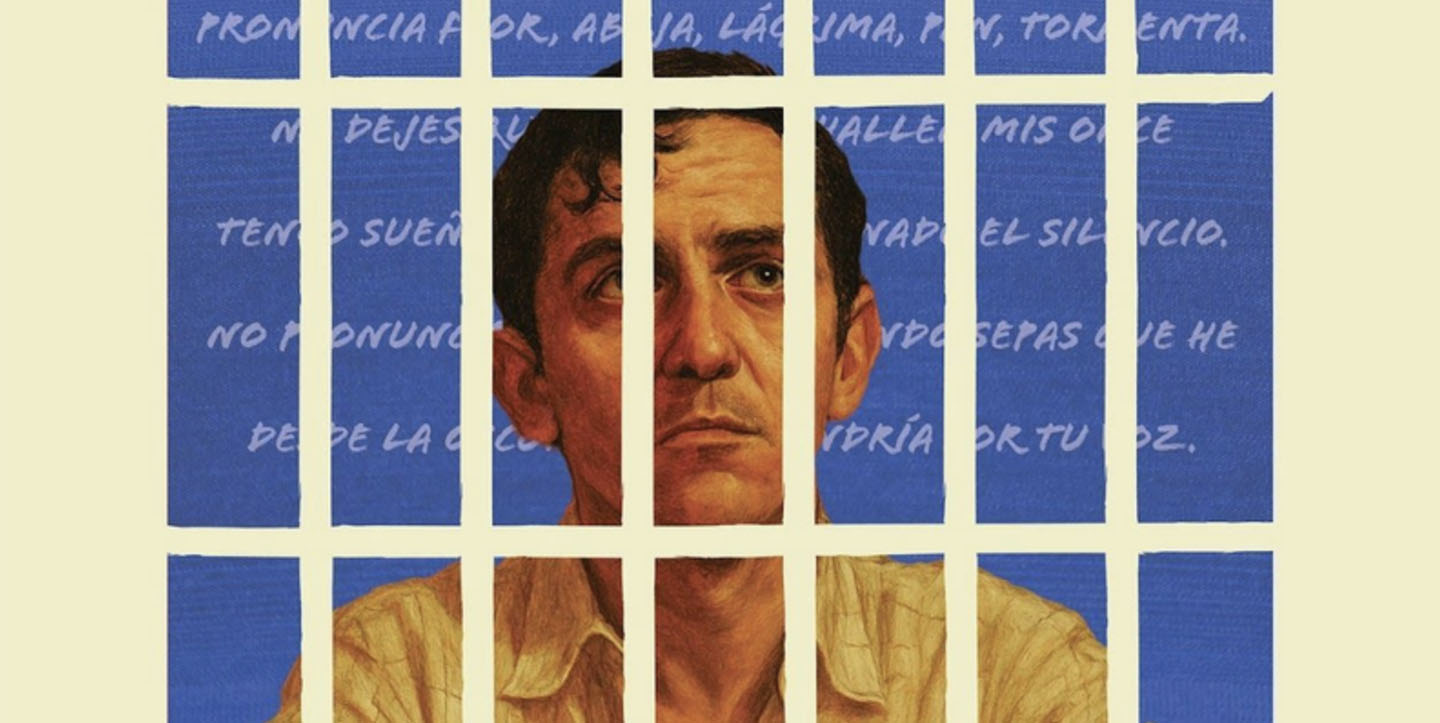A screening of Abel Gance’s newly-restored 1927 masterpiece ‘Napoleon by Abel Gance’ kicked off the 77th Cannes Film Festival on Tuesday. The film, one of the last large-scale productions of the silent film era, premiered at the Debussy Theatre as part of the ‘Cannes Classics’ series, just six months after Ridley Scott’s remake of the film premiered at Salle Pleyel in Paris.
The screening was the culmination of a 16-year restoration effort, completed with funding from the Golden Globe Foundation, which started in 2008 when researchers at the Cinemathèque française in Paris discovered reels of the film in Abel Gance’s archives. Restoration specialists from the Cinemathèque française were in attendance along with its former president Costa-Gavras, who described the film as “a lyrical poem, a testament of one man’s passion for another”.

Festival Director Thierry Frémaux introduced the film, describing the restoration as an “exceptional moment”. Gance’s original version of the film hadn’t been seen since 1927 when it was shown at the Opera Garnier in Paris in front of then French President Gaston Doumergue. Cannes’s Debussy Theatre sits just 250 yards away from a site Napoleon camped at after fleeing the island of Elba in March 1815.

The seven-hour epic was renowned for its ambitious scenes and innovative camera work, requiring dozens of stars and thousands of extras. Hundreds of crew members took on immense challenges throughout the production. Hand-held and horse-mounted cameras captured panoramic battles sequences, originally shown on three screens simultaneously, each with a separate projector, to capture the full scope. Film distributors at the time demanded shorter edits resulting in more than 20 versions of the film making their own expeditions around the globe.


LEFT: Abel Gance at the time of the production of Napoleon. RIGHT: An Aeroscope camera perched on the back of a horse for filming the chase in Corsica. Photo courtesy of Cinemathèque française.
The head of the restoration project, Georges Mourier, told French news agency AFP his team worked through at least 100 kilometres of film, much of it on the verge of disintegrating and highly flammable, in a multi-million-euro operation combining detective work and digital wizardry.

Georges Mourier and Laure Marchau inspect film reels during the restoration. Photo by Christel Jeanne.
The Cannes audience was shown ‘Part One’ of the restoration, with the film to be shown in its entirety in Paris in July accompanied by a 250-piece orchestra. The film was reconstructed and restored by the Cinemathèque française with the support of Fondation Napoléon, Netflix, the laboratory Éclair Classics/L’Image Retrouvée, CNC – Centre national du cinéma et de l’image animée, Michel Merkt, TransPerfect Media, Aline Foriel-Destezet, Golden Globe Foundation, Ministère de la Culture, Micèle Ray-Gavras, The Foundation of Friends of the Cannes Festival, Centre National de la Musique, Radio France, Sacem, and France TV.





FROM TOP: (1): Still image from ‘Napoleon by Abel Gance’. (2): Movie poster published by Pathé-Natan in 1935 (3): Advertisement published in the Le Tout-Cinéma directory, 1927. (4): Abel Gance, cover of Photo cine revue (n° 4, April 1927), drawing by Pierre Chenal. (5): Poster of the film published by Gaumont in 1927. Still image and movie posters courtesy of Cinemathèque française.




